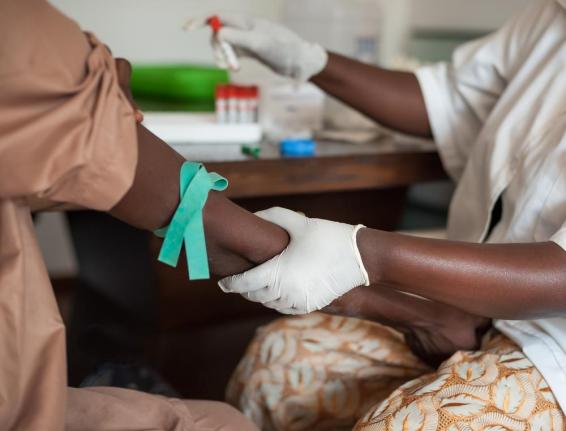BALTIMORE, Aug. 11 (Stephen Feller) — Researchers have found differences in strains of the herpes simplex viruses, or HSV, which may lead to the development of more accurate diagnostic tests and possibly a vaccine for oral and genital herpes.
After existing tests for HSV proved to be significantly inaccurate while testing patients in East Africa, researchers sought to understand the different strains of HSV1, which causes cold sores, and HSV2, which causes genital herpes, in order to create a better test.
HSV2 is more rare than HSV1, however it also has been shown in studies to make people more susceptible to getting the human immunodeficiency virus, or HIV.
The current test was made based on the genomic sequencing of European strains of HSV. It tests for a glycoprotein present in both strains of the virus, however researchers thought the specific glycoproteins in African strains are different from those in the U.S. and Europe.
“Because HSV2 enhances HIV transmission, we have been testing people across East Africa for genital herpes, but everybody was coming up positive,” said Dr. Thomas Quinn, a professor of medicine at the Johns Hopkins University School of Medicine, in apress release. “The test was just not as specific as it should be.”
For the first study, published in the Journal of Virology, researchers gathered 34 strains of HSV2, finding 14 in Uganda, 8 in Japan, 1 in South Africa, and 11 in the United States, and included 2 previously gathered strains from South Africa. They mapped the strains’ genomes, comparing them to one another and to HSV1. HSV2, they found, has far less genetic diversity regardless of where the strain of the virus came from.
In the second study, also published in the Journal of Virology, researchers looked specifically at the glycoproteins in HSV2 from each of the regions because of the results of Quinn’s tests on patients in East Africa. The researchers compared glycoprotein G in the 36 newly mapped strains, as well as 26 previously gathered ones. They found that glycoprotein G, as well as glycoproteins I and E, showed variation from the North American and European versions diagnostic tests already target.
Finding the differences, Quinn said, explains why the tests in Africa appeared so unreliable. He expects the discoveries of both studies will help lead to the development of more accurate diagnostic tests.
The fully mapped genomes of HSV2 strains also may lead to the development of a vaccine for the virus because researchers now have an understanding that the strains are not all that different, which may mean fewer antigens will be needed for innoculation, Quinn said.







